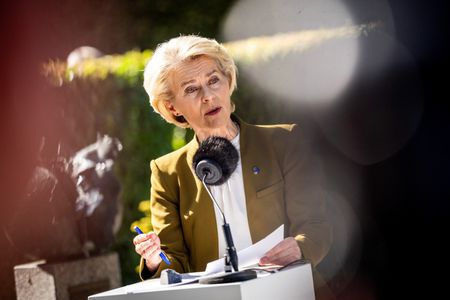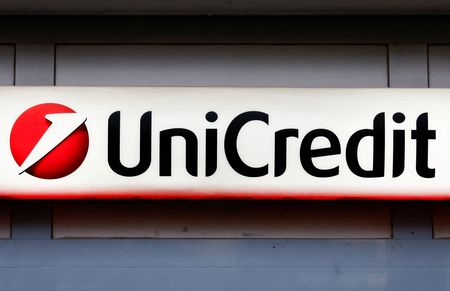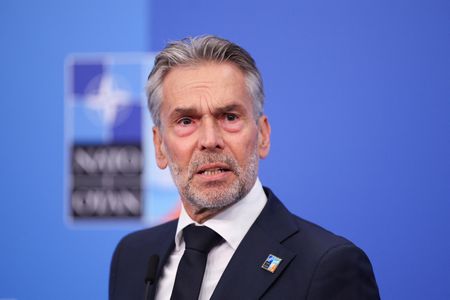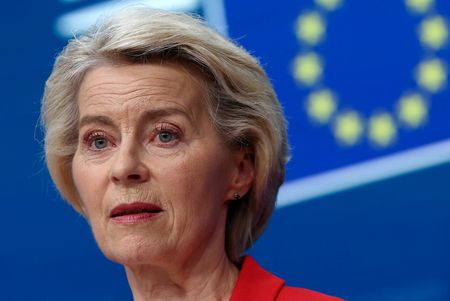By David Milliken
WASHINGTON (Reuters) -The European Central Bank should keep its options open regarding future interest rate moves, Dutch central bank chief and ECB Governing Council member Klaas Knot said on Saturday, pushing back against market bets that a December cut is a done deal.
Last week the ECB cut interest rates for the third time this year and four sources close to the decision told Reuters a fourth cut was likely in December unless data turned around in the coming weeks.
However, on Thursday three ECB officials tried to cool speculation about rate cuts, and Knot added his voice to theirs at a meeting of the Group of Thirty – a gathering of central bankers, commercial banks and academics – in Washington on the sidelines of the International Monetary Fund and World Bank annual meetings.
“It is important that we keep all options open. Retaining full optionality would act as a hedge against the materialization of risks in either direction to the growth and inflation outlook,” Knot said.
“We believe that our meeting-by-meeting and data dependent approach has served us well,” he added.
Asked about the market’s expectations for rate cuts, Knot said they had increased “quite dramatically” following weak purchasing managers’ index and consumption data.
“We will have to see whether that was a little bit over-enthusiastic or not.
We will only know once we do our own calculations again in December,” he said.
Knot likened the current economic situation in the euro zone to the weather in Amsterdam at this time of year: “It’s not as bad as some people would have you believe, but it’s definitely not great,” he said.
Incoming data since September had increased the ECB’s confidence that inflation would return to its 2% target and increased the risk of disappointing growth in the short and medium term, but did not point to a recession, Knot said.
But the euro zone still needed to see services price inflation cool further and a “significant easing” in wage growth to ensure that inflation returned durably to target, he added.
“On the one hand, policy restriction may be reduced more quickly if incoming data indicates sustained acceleration in the speed of disinflation or a material shortfall in the economic recovery,” Knot said.
“On the other hand, policy restriction may be taken away more slowly, should upside risks to inflation materialize or incoming data share the opposite picture regarding growth and inflation.”
(Reporting by David Milliken;Editing by Dan Burns)












